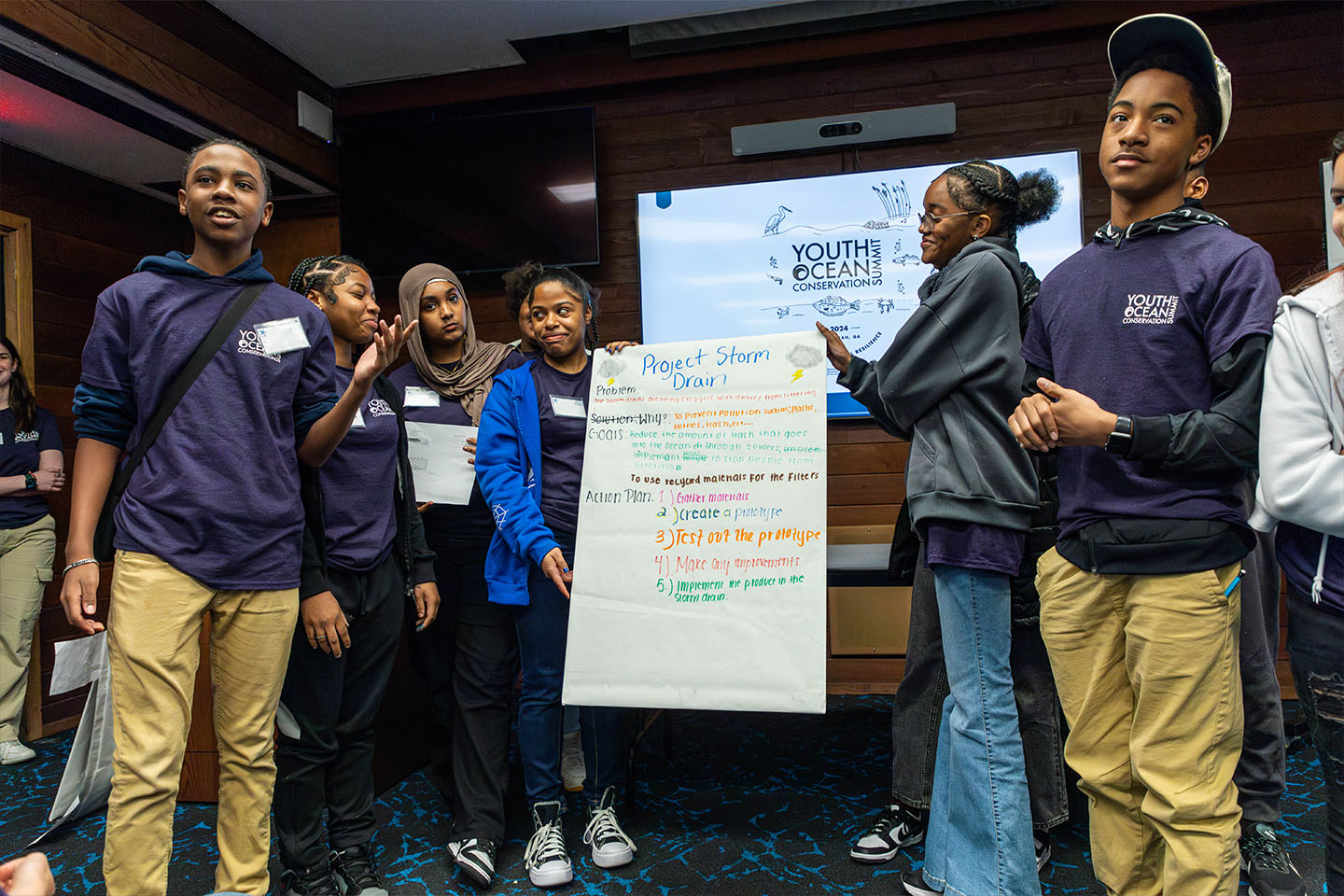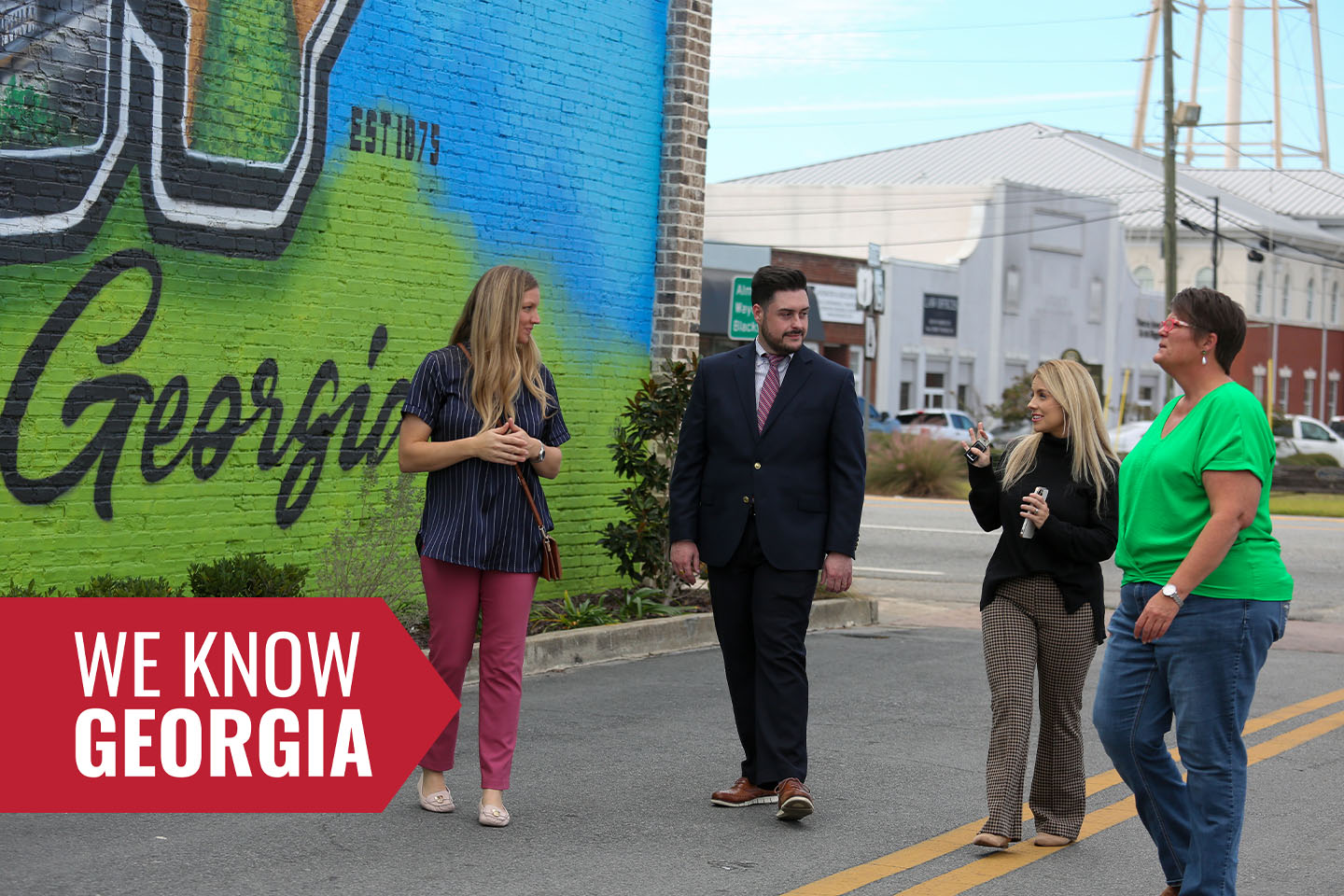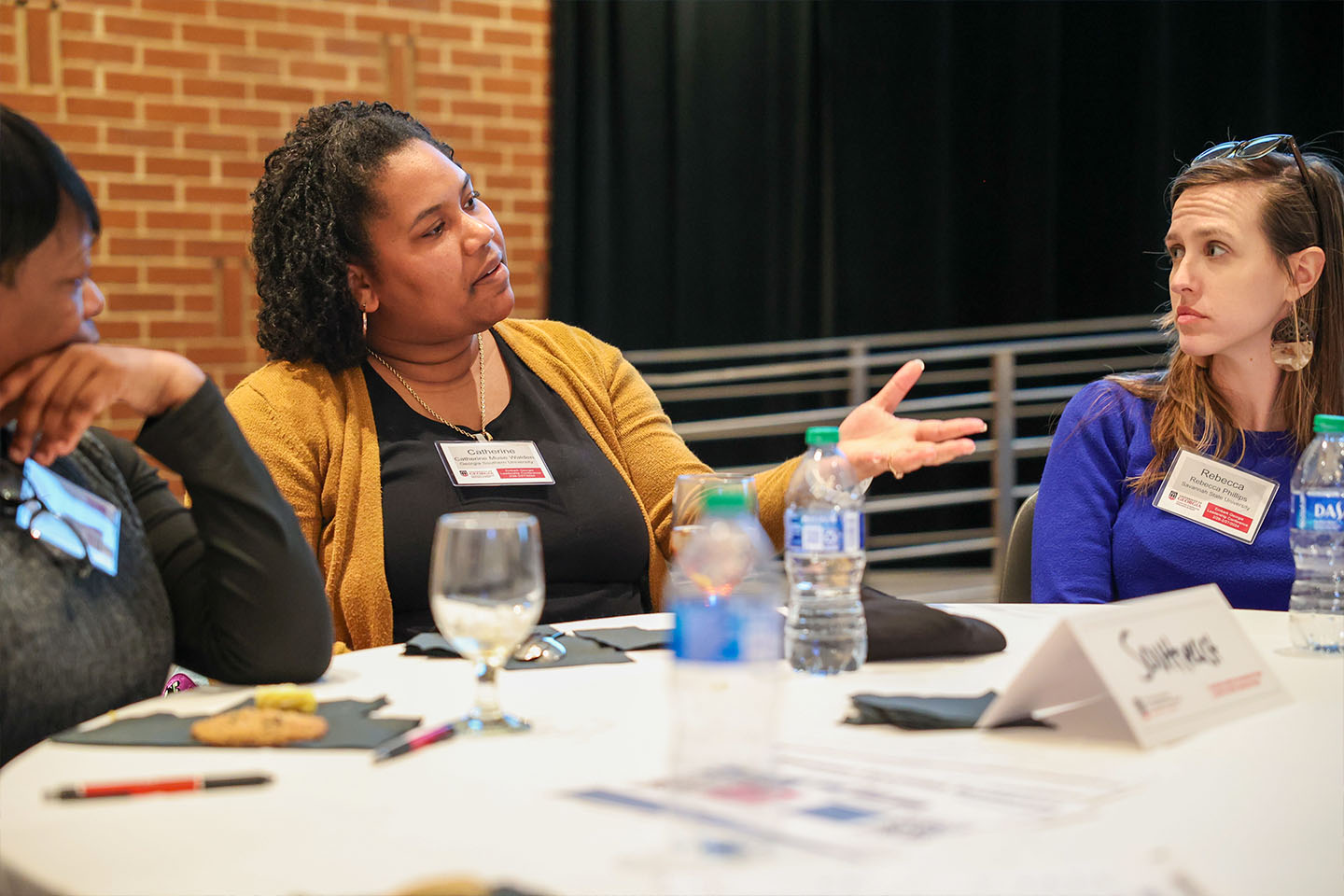Margaret Rasmussen is the founder of Hall County’s Redbud Project, a nonprofit, volunteer conservation group based in North Georgia. The project focuses on green space preservation and creating an environmentally sustainable model for future economic development. Rasmussen is also one of the first graduates of the State Botanical Garden of Georgia’s Certificate in Native Plants (CNP) program, and she is quick to credit much of her growth as a conservationist to her completion of the CNP program in 2008.
“Through the CNP program, I was transformed from a wildflower hobbyist into an activist well-equipped to promote conservation of Georgia’s native plant species,” said Rasmussen. “That was the seed that sprouted the Redbud Program.”
The CNP program requires 80 hours of par¬ti¬ci¬pa¬tion, consisting of four 8-hour core courses, six 4-hour elec¬tives, two 4-hour field trips and 16 hours of vol¬un¬teer ser¬vice. Topics include plant taxonomy for plant identification, Georgia’s natural history, environmental conservation and ecological assessments. Courses are scientific and in-depth, but at a level appropriate for everyone to absorb and apply. In addition, CNP program participants are connected with conservationist agencies and other valuable resources to help them get their own initiatives off the ground.
For Rasmussen and other like-minded conservationists, the study of native plants is a serious matter with profound implications. Native plants are at the foundation of the natural resources and ecosystems that sustain all life. Environmentally irresponsible development is endangering the delicate balance of these ecosystems at an alarming rate, she explained.
“The need for economic development in Georgia and beyond is very real, but when developers shortsightedly clear-cut large tracts of land with no regard for natural resources, I think it is intentionally misleading to claim that it is purely for the good of communities,” said Rasmussen. “This is a challenge conservationists have always faced, and implementing a sustainable model of economic development demands an organized and vigilant effort on our part.”
Rasmussen’s efforts through the Redbud Project are ambitious in scope and would not be feasible without resources provided by the State Botanical Garden. With UGA’s support, the program has already achieved tangible results, including helping to develop the Linwood Nature Preserve for Gainesville Parks and Recreation since 2008. To date, two miles of sustainable and non-invasive nature trails have been constructed throughout 30 acres of an oak-hickory urban forest in Gainesville. Additional features include rain gardens to control stormwater runoff, rainwater capture systems, nature viewing decks (including bridges and boardwalks) and permeable parking areas.
“The core mission of all my work is to promote awareness of the treasure trove of native plants in Hall County’s oak-hickory-pine ecosystems and the value of their conservation, both aesthetically and economically,” said Rasmussen. “Our three-fold means to accomplish this goal are: 1) present programs to organizations and individuals; 2) research, rescue and propagate native plants for private and public landscapes; and 3) develop a publicly accessible site for health and wellness recreation, as well as nature education to encourage stewardship.”
Armed with the knowledge and expertise garnered through the CNP program, Rasmussen and other Redbud volunteers have engaged with community leaders to highlight the impact of native plant species on quality of life and economic prosperity. Furthermore, Rasmussen believes that Redbud’s model of conservation methods for sustainable development can ultimately be duplicated by others beyond Hall County’s borders.



